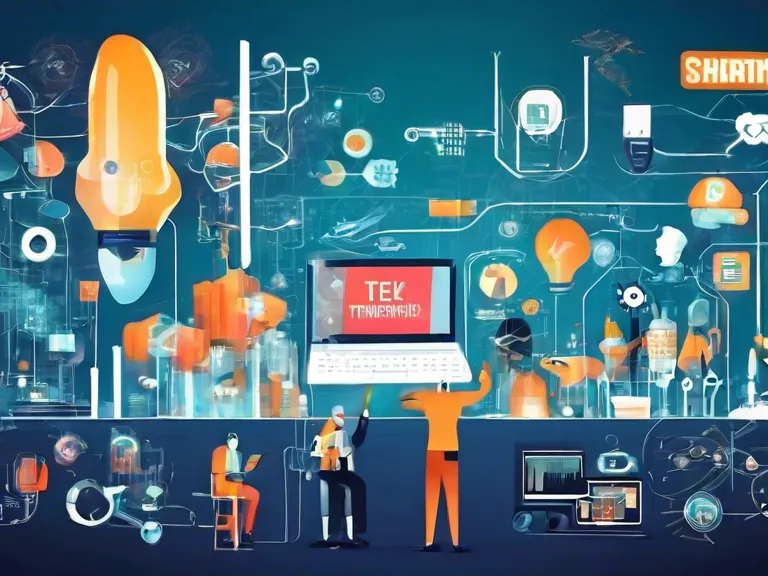
In recent years, remote work has become increasingly popular across industries, allowing employees to work from virtually anywhere. This trend has only been accelerated by the COVID-19 pandemic, forcing companies to adopt remote work policies to ensure business continuity. As a result, remote and hybrid work models are quickly becoming the norm for many organizations.
Remote work offers numerous benefits for both employees and employers. For employees, it provides greater flexibility in terms of when and where they work, enabling better work-life balance. Remote work also eliminates the need for commuting, saving time and reducing stress. Employers, on the other hand, benefit from access to a larger talent pool, increased productivity, and cost savings on office space.
Hybrid work models, which combine remote and in-office work, are also gaining traction. This approach allows employees to enjoy the benefits of remote work while still maintaining face-to-face interactions with colleagues. Hybrid models can help foster a sense of community and collaboration among team members while providing the flexibility that many employees now seek.
As companies continue to embrace remote and hybrid work models, it is crucial to address the challenges that come with this shift. Communication, collaboration, and teamwork may be more challenging in a remote or hybrid setting, requiring organizations to invest in tools and technologies that facilitate seamless interactions. Additionally, companies must ensure that remote employees feel included and engaged to prevent feelings of isolation.
Overall, the future of work is looking increasingly remote and hybrid. Companies that embrace these new models will be better positioned to attract and retain talent, increase productivity, and adapt to the changing nature of work. By leveraging the benefits of remote and hybrid work, organizations can create a more flexible, inclusive, and efficient work environment for their employees.



